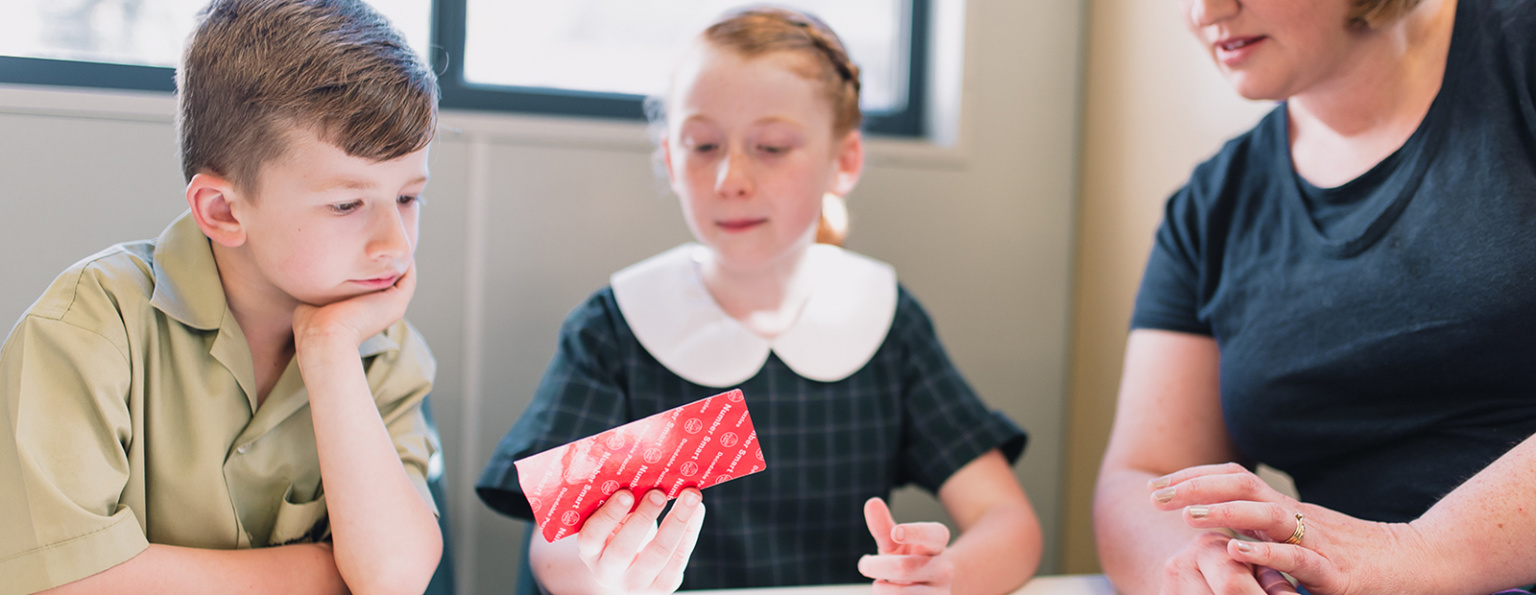The Australian Curriculum version 9.0 has been launched this week, and the new K-2 English Syllabus for NSW is due for Mandatory implementation from Term 1 2023. Both of these documents recommend a systematic synthetic phonics approach as a backbone of your early years instruction for reading and spelling. Where do you start when aligning your Tier 1 whole class instruction with the new syllabus documents?
- In my journey of implementing this type of change over the past 15 years in a number of schools, I’ve learned that starting with an audit or review of current practice is Step 1: What is your current approach? What is your plan? and How are you going to get there?
- The next step is to collect data about the current situation and student performance. This can be a confronting experience – I know every time I start this process the data initially leaves me shell-shocked, but it is a journey and ‘when we know better, we do better’ [Maya Angelou]. There are a number of tools available and the most commonly used are the Universal Screening Tools DIBELS 8 or Acadience Reading [more information can be found here]. These tools are great because they are designed for progress monitoring and collecting data over time. If you’re wanting more information about reading assessments you can find it here
- When considering what to do next, one question to ask is whether to implement a commercial program with training or whether to simply implement a scope and sequence and develop your own resources. There is no one single program that comprehensively covers all aspects of teaching a student to read, spell and comprehend. However there are a number of commercial options to consider when planning your whole school approach.
Commercial Resources that are commonly used in Australian Schools to support systematic synthetic phonics
These are one component of the broader focus on teaching reading and spelling
Sounds-Write | InitialLit | Read Write Inc | Get Reading Right | PLD | Little Learners Love Literacy | Dandelion Readers [Workbooks] | Snappy Sounds | Reading Success in Action from Jocelyn Seamer Education is also a resource in development
Options for Decodable Readers include
Sounds-Write | InitialLit | Read Write Inc | Get Reading Right | PLD | Little Learners Love Literacy | Decodable Readers Australia | Dandelion Readers & Launchers | Spelfabet | SPELD SA Readers | Snappy Sounds | Sunshine Phonic Readers | Oxford Reading Tree – from Oxford University Press has Floppy Phonics, Songbird Phonics and Traditional Tales [phonics]
SPELDNSW Regularly runs a FREE Decodable Reader Demonstration via zoom, allowing you to explore and discuss options more information is here
Free Scope and Sequence Resources to align with the new K-2 NSW English Syllabus
SPELD NSW has put together a scope and sequence for K-2. This aligns to the new syllabus for schools to either use as it is or adapt for their own purpose. It can be downloaded freely here.
SPELD NSW has also put together decodable book selectors to help your organise your decodable books in line with your scope and sequence. It can be freely downloaded here.
They are also creating a range of resources that are free to members to be released over this year that can be used to support instruction and practice of phonics and morphology that go with the scope and sequence. These resources can also be used with other phonics programs for additional practice activities. These resources can be accessed here.
Systematic Synthetic Phonics Professional Development for Whole Class Instruction [Tier 1]
Teaching Reading in the Early Years [SPELDNSW]
How to Teach Phonics in K-2 [Macquarie University Reading Clinic]
Other Professional Development to support the Implementation of the new Syllabus
Literacy Essentials Online – Science of Reading Basics [SPELDNSW]
Measuring Student Progress in Literacy: A Workshop for Teachers [Maquarie University Reading Clinic]
If you need support to work through this process – SPELDNSW is available and able to provide support. I too have implemented a range of the programs and resources above in a mainstream K-2 school setting and have completed the PD training in many of the options above. I’m very happy to provide small group coaching or tailored support for the team exploring the options and how to implement the change across K-2 and 3 – 6. Feel free to reach out via my website if I can be of assistance.
Once you have this framework established, the nest step is to map your Tier 2 and Tier 3 intervention options – however I’ll save that information for a separate post. Should you be needing support or professional development regarding working with Tier 3 students in either Primary or Secondary School Settings, I’m running some small group coaching in June over 4 sessions [Lunchtime or evening options via zoom] – more information is here




